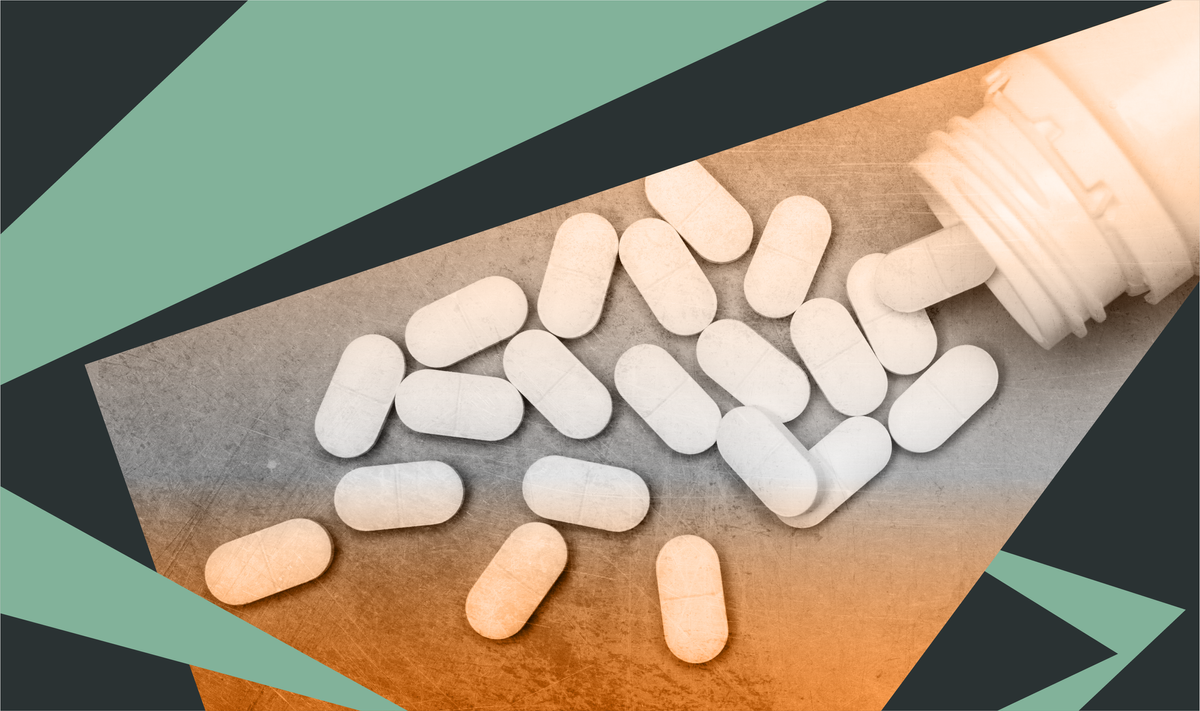Confirmation of new HHS secretary generates stigma toward people with substance use disorder
Plus, a social media influencer spread awareness about over-the-counter naloxone.

Plus, a social media influencer spread awareness about over-the-counter naloxone.
On February 13, Robert F. Kennedy Jr., who has a history of substance use disorder, was confirmed as secretary of the Department of Health and Human Services. Posts responding to his confirmation expressed stigmatizing attitudes toward people with SUD. Other discussions focused on naloxone after a social media influencer noted that it is available over the counter.
In light of these conversations, communicators may reiterate that anyone can develop SUD and recirculate information about naloxone.

Insights brought to you by the reporters and science writers of Public Good News (PGN), a nonprofit newsroom dedicated to improving community health.
What’s trending nationally in conversations about substance use
Last week, Robert F. Kennedy Jr. was confirmed as secretary of the Department of Health and Human Services. In the days surrounding his confirmation, two popular posts on X circulated videos of Kennedy discussing his history with substance use disorder. Both posts received hundreds of thousands of views, and many comments expressed stigmatizing views toward Kennedy and others with SUD. However, a few comments pointed out that being in recovery from SUD is difficult and applauded Kennedy and others for doing so.
A social media influencer with 1.73 million subscribers on YouTube and 259,000 followers on Instagram shared a video on both platforms of herself asking a pharmacist about how to get naloxone over the counter. Many commenters discussed the importance of carrying naloxone and noted that naloxone doesn’t just benefit people who use street drugs—it can also save the lives of people who overdose on prescription opioids. Some commenters expressed dismay at the cost of naloxone, which runs about $45 for a two-dose box, but others noted that it is often available for free through harm reduction programs.

Recommendations brought to you by the health communication experts behind Infodemiology.com.
Recommendations for public health professionals
Each week, the Infodemiology.com team will provide messaging recommendations in response to some of the trending narratives outlined above. These helpful tips can be used when creating content, updating web and FAQ pages, and developing strategy for messaging about opioids.
Stigma toward people with SUD is persistent. Ongoing messaging may emphasize that SUD is a chronic health condition that can happen to anyone. Ensuring that all materials avoid stigmatizing language when discussing SUD is recommended.
Online conversation about over-the-counter naloxone provides an opportunity to explain how this lifesaving medication works. Messaging may outline the signs of an opioid overdose and explain that naloxone—often sold under the brand name Narcan—is a medication that can reverse an opioid overdose. Naloxone is available for purchase over the counter at pharmacies, as well as grocery and convenience stores and other retailers, including online. Naloxone is also available for free through many harm reduction programs. Sharing information about local harm reduction programs or vending machines that offer free naloxone is recommended. Communicators may also want to recirculate information about how to use naloxone and direct community members to any local naloxone trainings. Messaging may stress that anyone can carry naloxone and that having naloxone available is particularly critical for people who use drugs and people who take prescription opioids.
